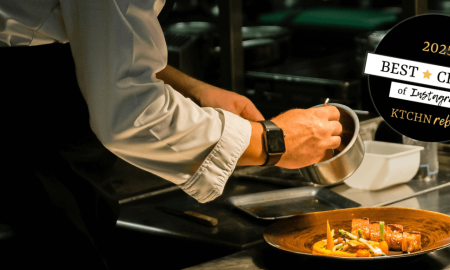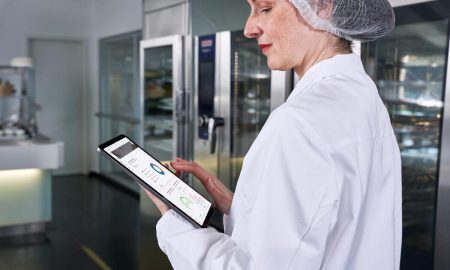Rising costs, skilled worker shortages, economic hardship… These are indeed challenging times, and countless restaurants are facing countless issues. What’s the magic word to fix those problems? Efficiency. Saving resources is the order of the day in the gastronomy world. At least, that’s what experts keep saying time and time again. Which obviously raises one question: How? How are food service companies supposed to save resources without compromising on production quality? And most importantly, Does efficiency ultimately make a difference in food service – to the restaurateur’s wallet, that is? In a word, yes. A huge difference, in fact.

Image: Rational
The longer (and more scientific) answer to this question has just arrived in the form of a long-term study by the Weihenstephan-Triesdorf University of Applied Sciences. “Increasing commercial kitchen efficiency,” a study performed on behalf of Rational AG, scrutinized the company canteen at AXA Konzern AG in Cologne for nearly two years – specifically, to examine its potential for energy and water savings. Under the direction of Prof. Dr. Michael Greiner, the goal was to determine how modernization would affect resource consumption in a company kitchen preparing 1,200 to 1,600 meals per day… and thus the extent to which kitchen modernization pays off.
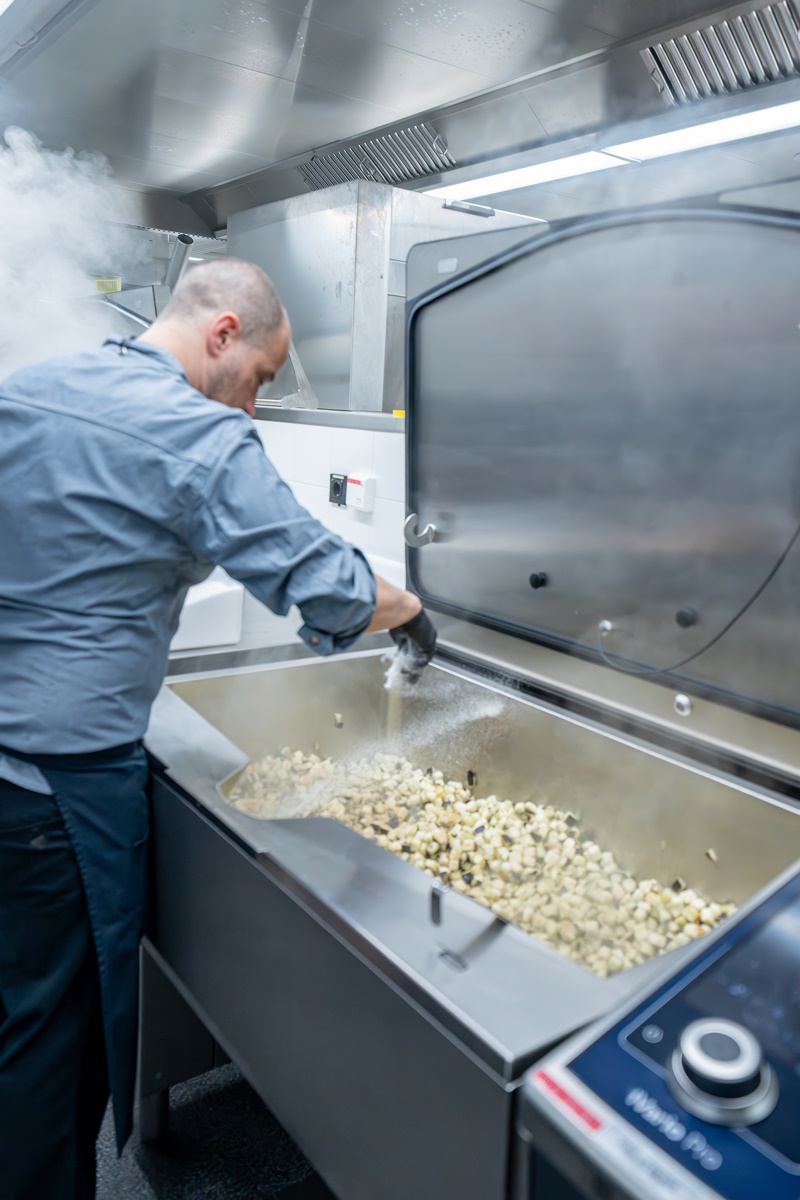
Image: Rational
Modern technology saves money
Throughout a total of eight months between 2023 and 2025, over 120 measurement tools recorded energy and water consumption at the AXA Konzern AG kitchen. The first nearly four-month measurement phase took place in the old kitchen, which used equipment like stir-frying kettles, tilting fryers and dual deep-fat fryers. Dishes were prepared “more or less in a random order” and held warm in the combi-oven until service.
After measurement phase 1, the kitchen worked in close collaboration with Rational to develop and implement a modern kitchen concept. The focus was on renewing the appliance equipment, whereby Rational technology with combi-steamers such as iCombi Pro and multifunctional cooking appliances such as the iVario Pro should also ensure a significant increase in the quality of the food. Instead of being finished “at random,” dishes would now be planned based on service times. This would ensure that the food reached the service restaurant’s service area efficiently, still at the peak of freshness. The kitchen modernization project also included replacing an older combi-steamer with an iCombi Pro. Measurement Phase 2 then commenced and lasted for about four months.
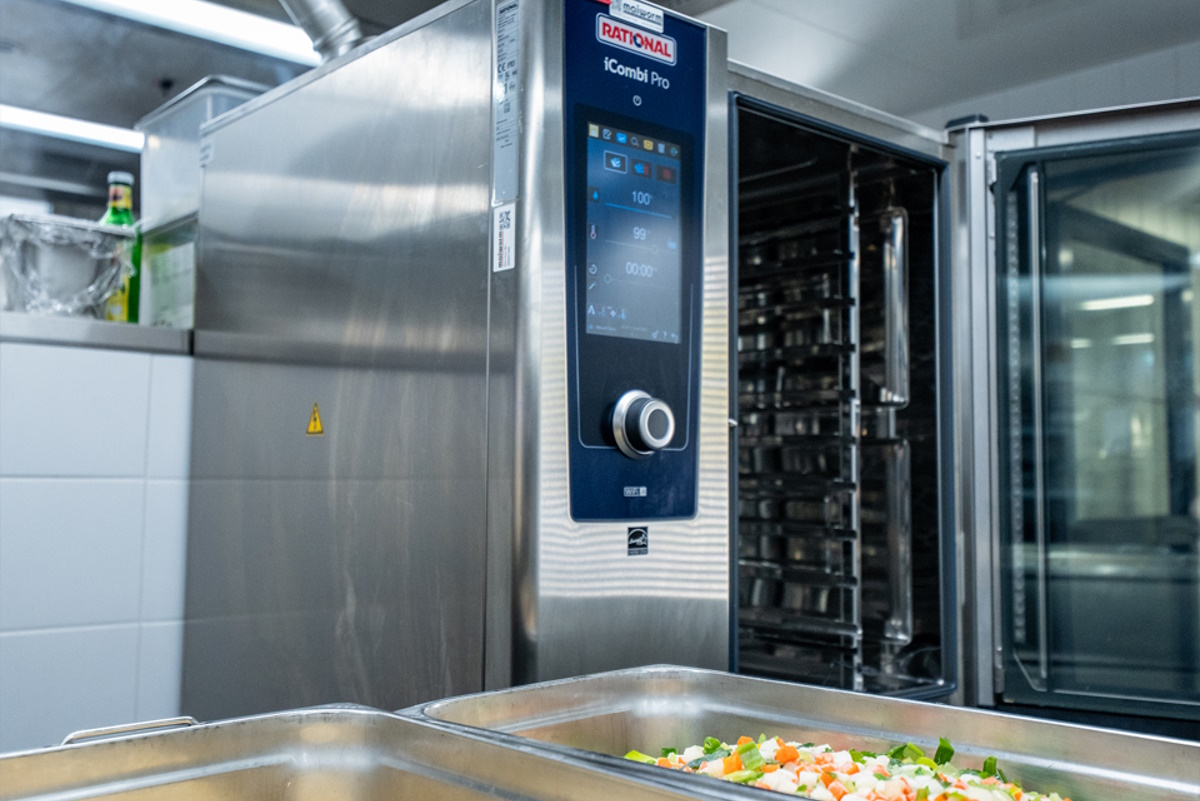
Image: Rational
The results speak for themselves: once modernized with Rational appliances, the kitchen consumed about 25% less energy and nearly 50% less water than it had before. According to the study, the financial savings on electricity alone “could reach €3,000/month or €36,000 per year.” And that’s not all: “On hot water, the savings included not only the actual water but another 2,066 kWh of energy savings – on top of the savings already calculated for powering the kitchen appliances.”
Scientifically proven: Better food
The remarkable thing about the results is that they demonstrate how the kitchen modernization yielded more than just massive savings – according to the study, Rational appliances can also significantly reduce the likelihood of user error. This, according to those responsible, translates to better food quality.
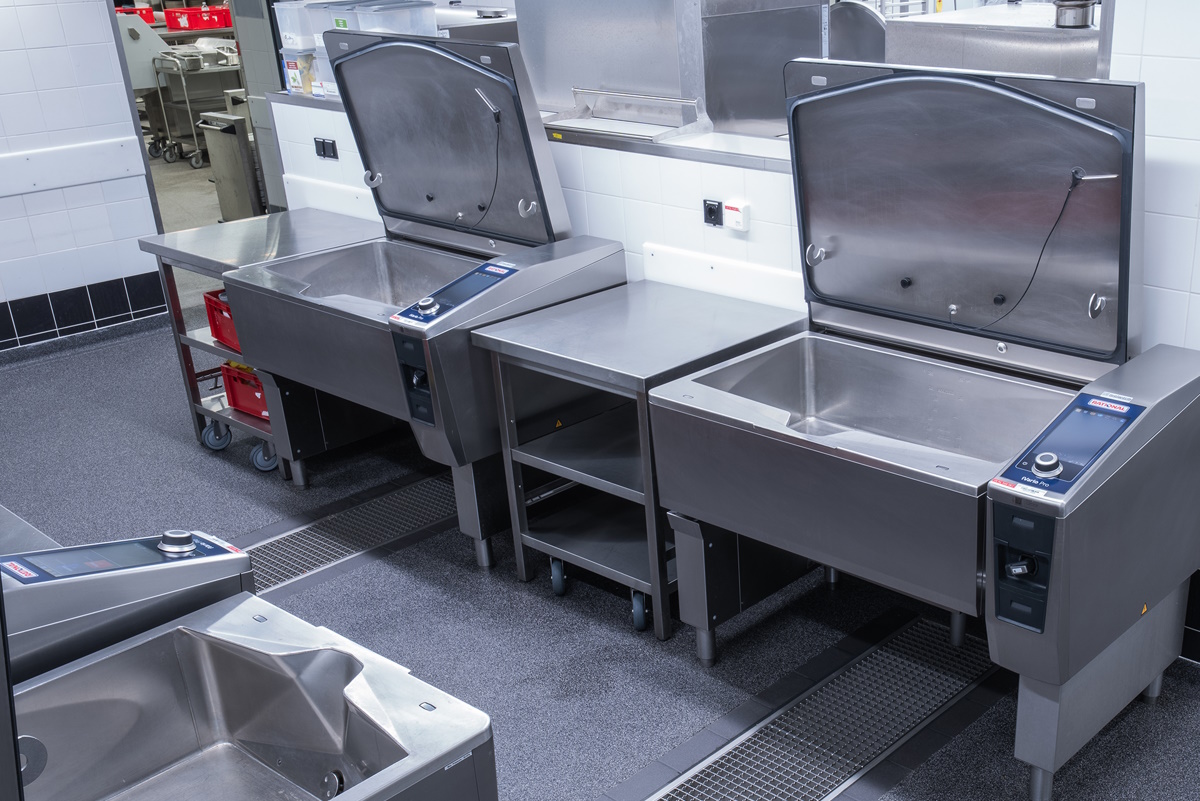
Image: Rational
These studies thus provide scientific evidence that kitchen modernization is a win-win for restaurants and catering operations. Not only do appliances like Rational’s offer enormous savings potential in terms of resources and time (and therefore money), but they also simplify internal processes and make them easier to plan. The results showed that the iVario and the iCombi alone can cover “almost all processes and requirements.”
Accordingly, the study concludes by asserting “the potential of modern kitchen technology to reduce resource consumption.” Kitchen modernization, it says, “is therefore not only sensible from an ecological point of view – it can also generate economic and qualitative added value. Although each catering company has individual structures, many of this study’s findings can also be transferred to other production kitchens.”



